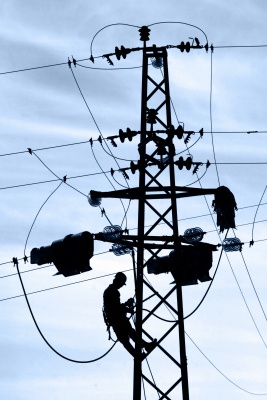
Business Safety Management System
Establishing an effective safety management system for your workplace is not easy. But as many business owners on the Sunshine Coast understand, safety is the primary consideration when running any business that involves employees. That is why conducting a self-audit of what you have in place is so important. It is the first step towards establishing a safer, more productive working environment.
It should be noted that a safety self-audit should not be feared. Nor should it be thought of as some type of pass-fail test. Instead, it is an evaluation based on pre-established parameters. This allows you to better understand where your business is at and what the next steps should be.
To perform such an audit, you can either assign a trusted employee or hire company with experience from the outside. Either way, conducting a self-audit first can help you prepare for the upcoming safety audits that will need to be passed.
Why Conduct a Safety Management System Audit?
Audits are crucial for putting your safety management system to the test. It helps identify both strong and weak points in the system. From the information gathered, you can forge ahead with a plan to address any safety issues and concerns that have been revealed by the audit process.
- What is the overall performance of your safety management system?
- Are your objectives being achieved?
- What is needed to achieve full compliance?
- What areas need to be fully addressed?
Types of Safety Audits
There are two basic types, the management system and safety function audits. The management system looks across the entire company. The goal is to see whether procedures are in place to protect employees and create a safe working environment.
A safety function audit looks at the specific activities of the business from management to the employees. This provides information on the daily activities which either contribute or are detrimental to protecting those inside the workplace. Evaluations are made from noise levels to electrical systems to the very tasks performed by each employee.
How to Self-Audit for Safety in the Workplace
The first step is to not try a comprehensive audit, at least at first. Rather, you should focus on one or two areas instead. Go in-depth on areas that may need the most attention.
Frequency:
Next, set a schedule for each area as to when it should be audited. Areas with higher safety concerns such as warehouses where equipment is used should be audited more frequently compared to offices.
Audit:
This is the measuring process in which safety is evaluated. This ranges from taking air samples to assessing the competence of your employees in terms of safety methods. Risk assessments can be done and SWMS are reviewed
Record:
Document all the results, write up the findings, and highlight any areas of concern.
Report:
Present the findings to everyone involved. Go over each area and show which areas are doing well and which need improvement.
With the information at hand, start planning to carry out the recommendations by implementing a Safety Action Plan. Address the areas of highest concern first. All audits should produce information where action needs to be taken. Otherwise, the audit becomes useless.
For business owners on the Sunshine Coast, the self-audit to evaluate the safety management system helps to achieve compliance and better safety for your employees. Contact HRB Consulting, their friendly staff are available to answer any of your queries regarding Self Audits and Safety Management Systems.


